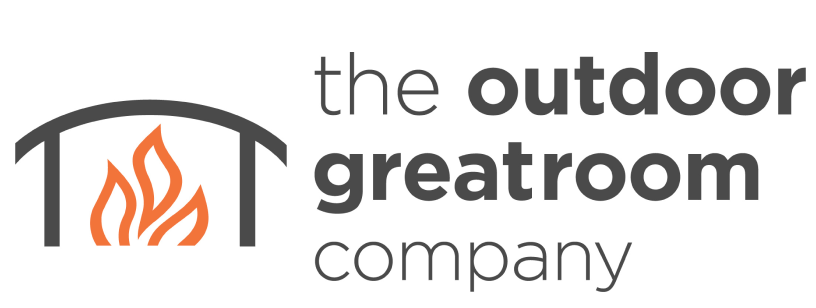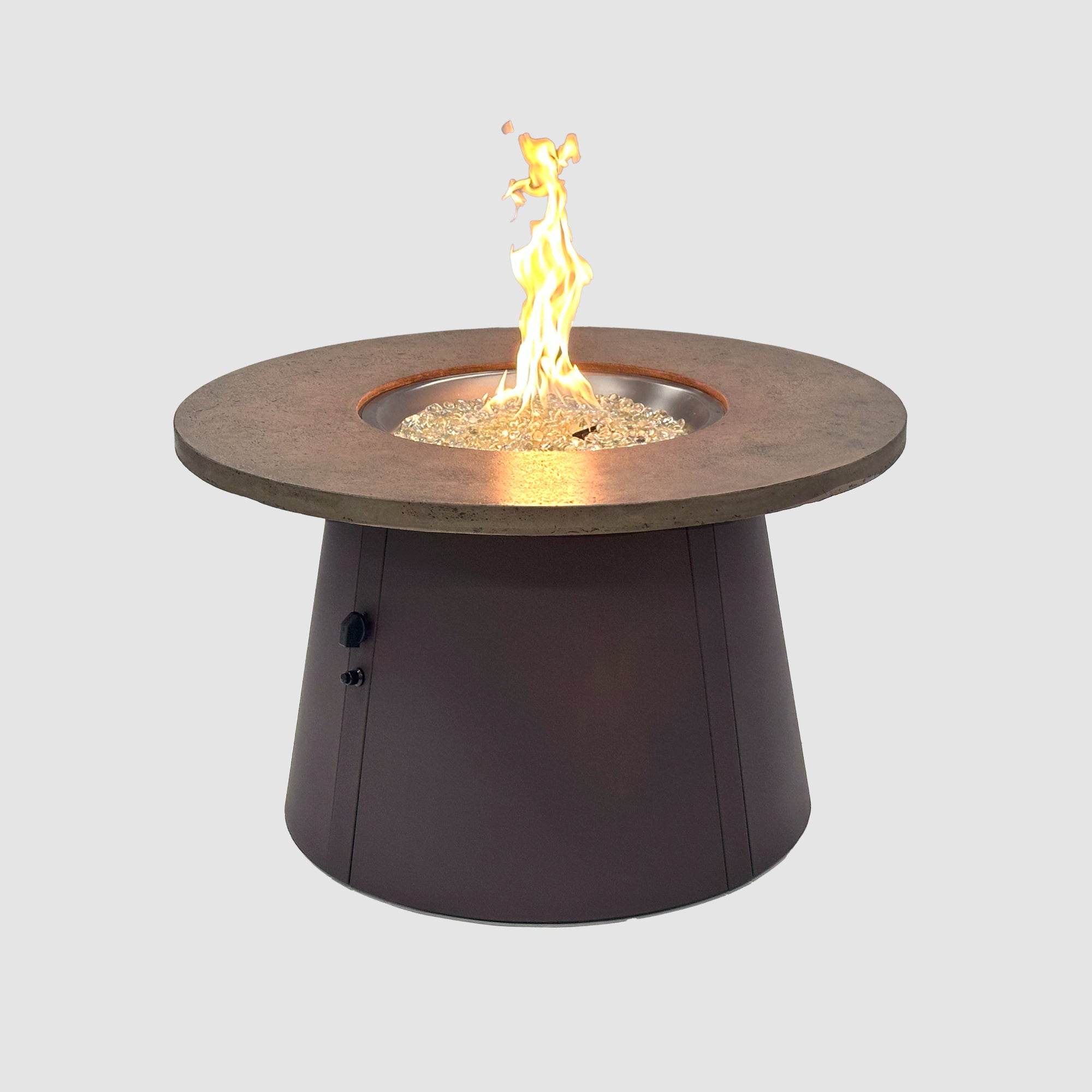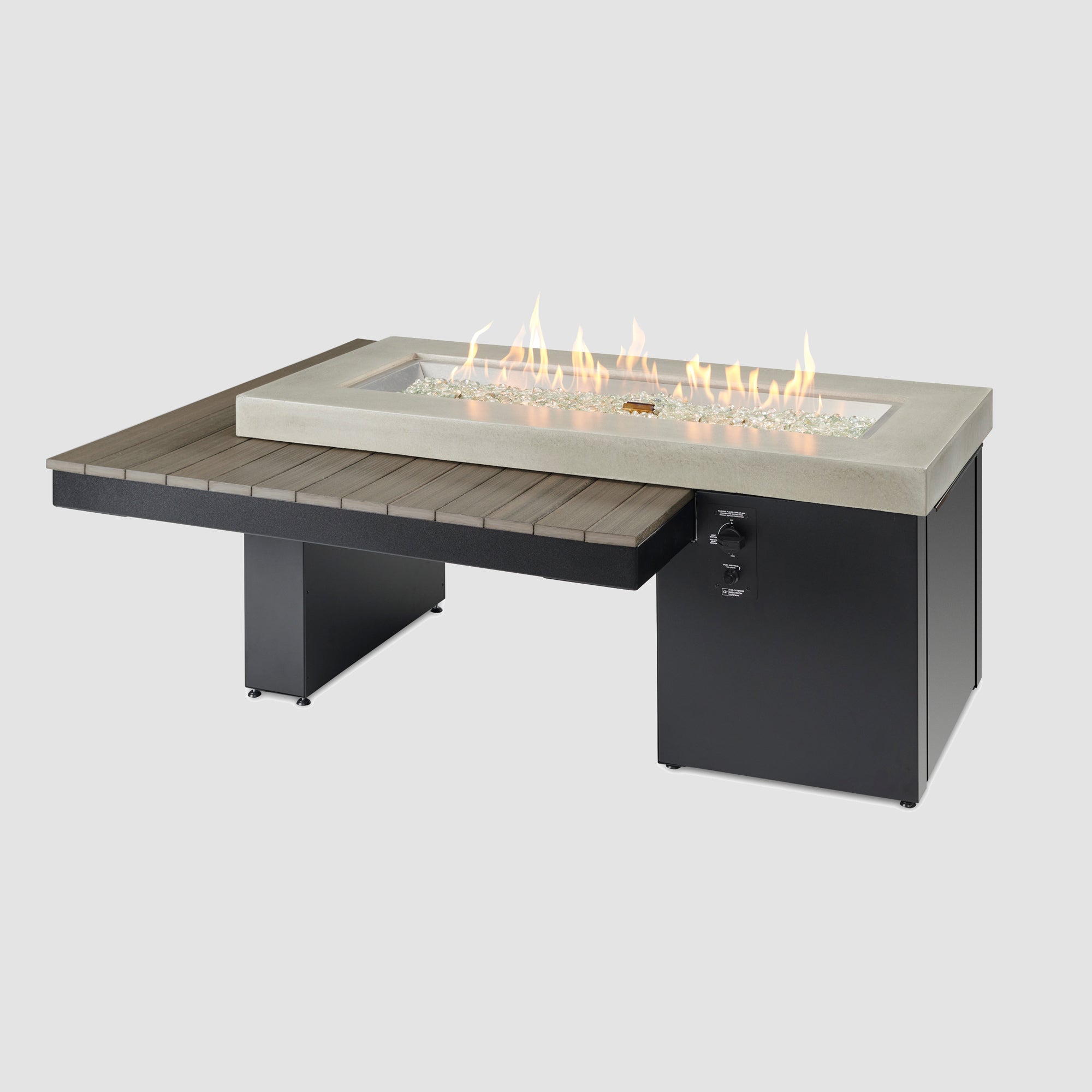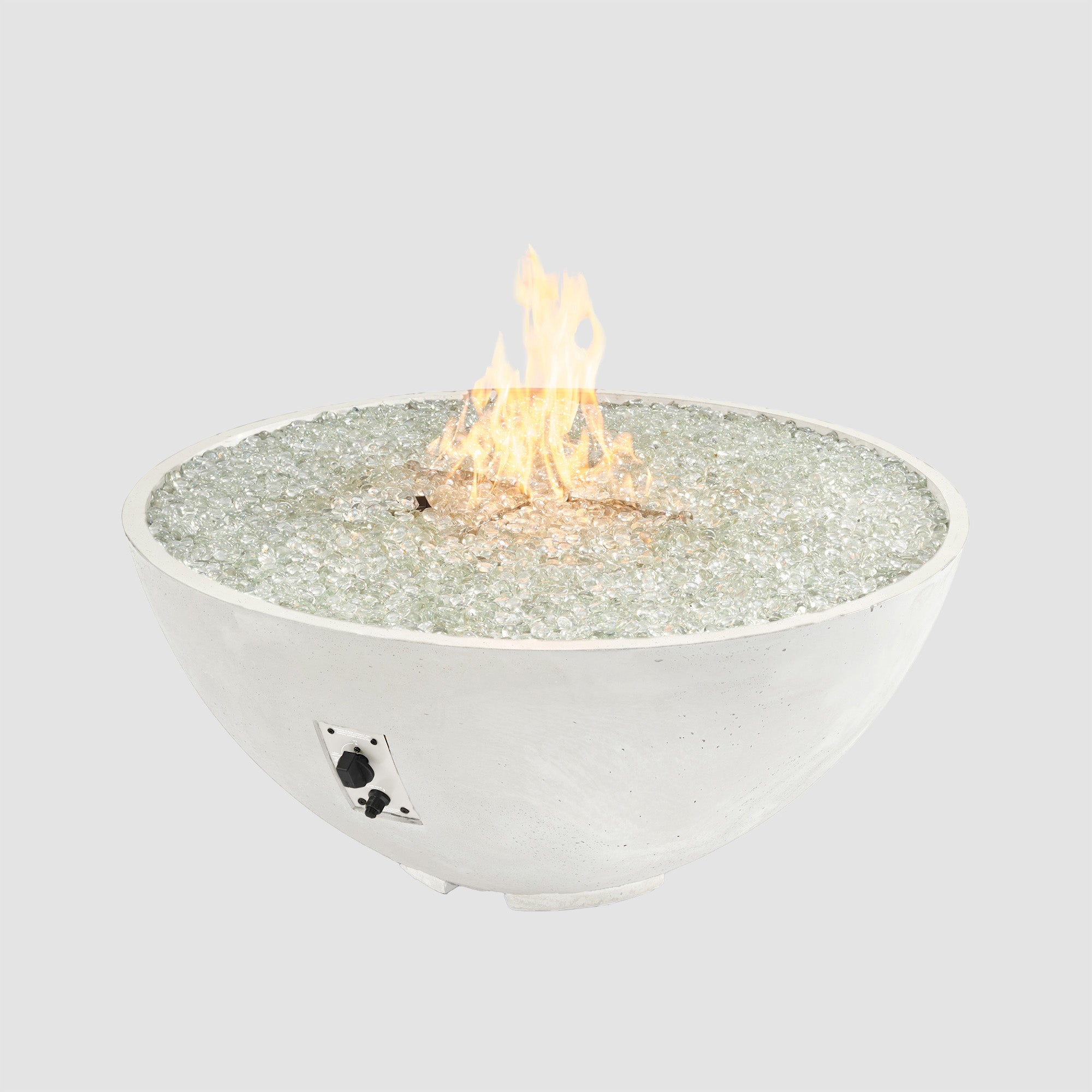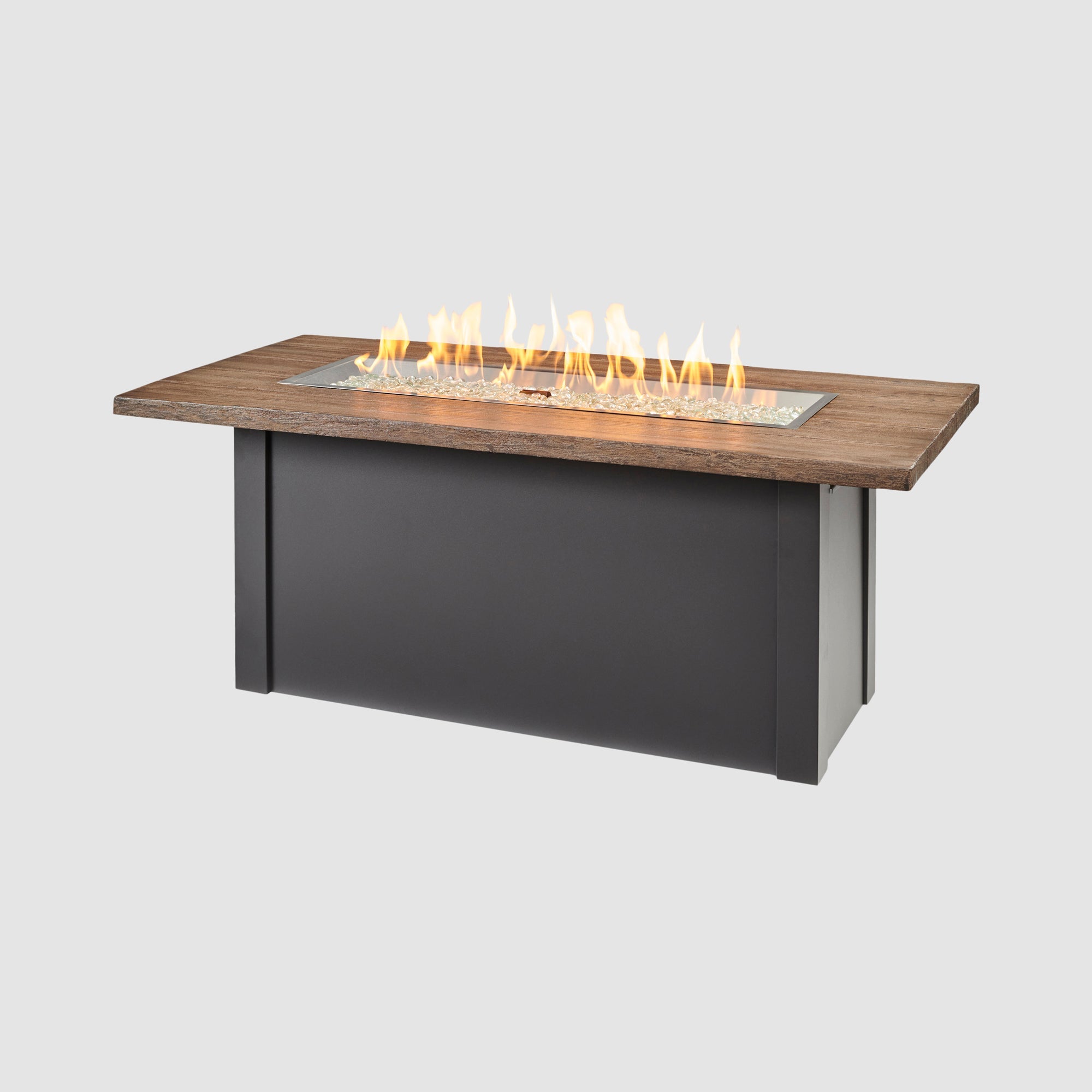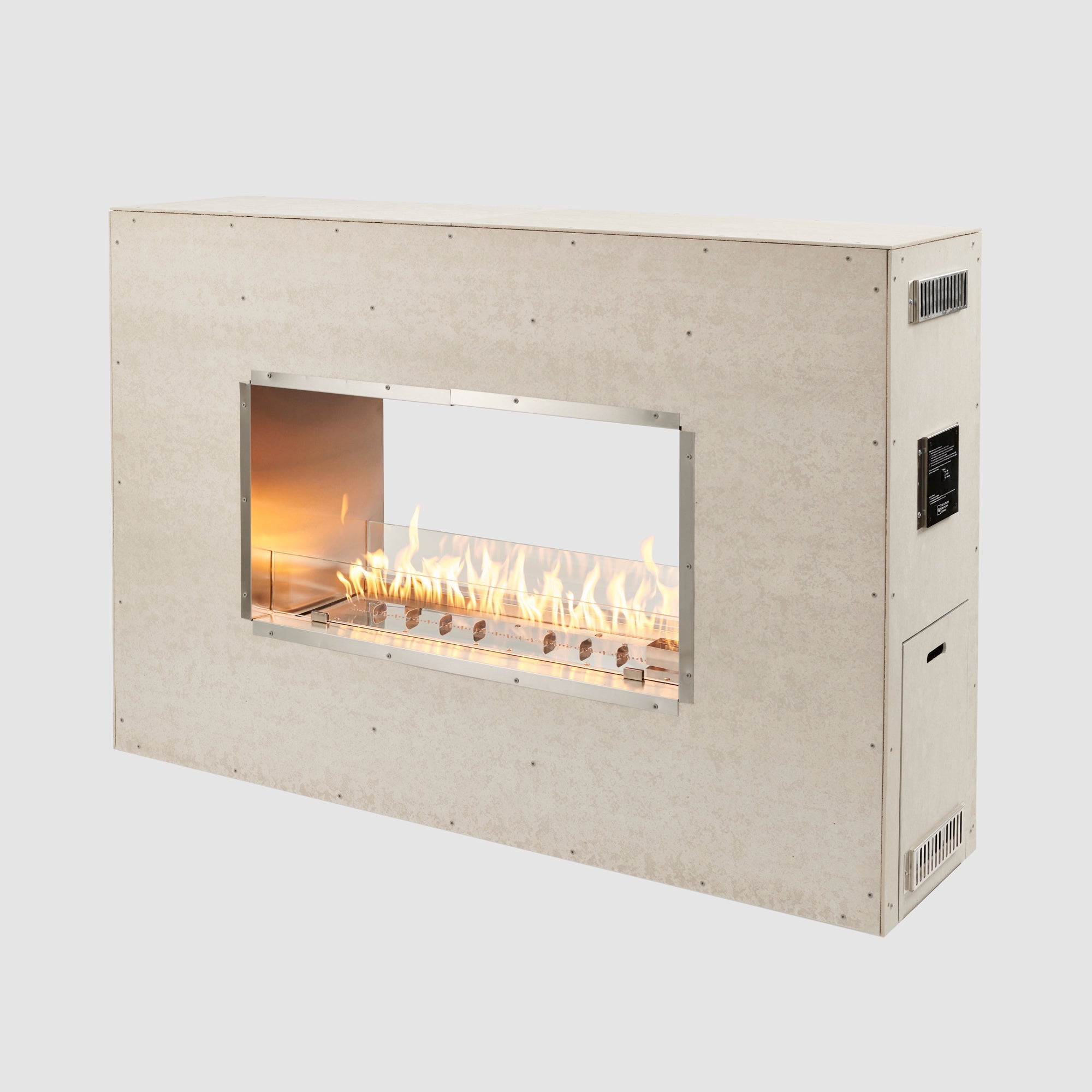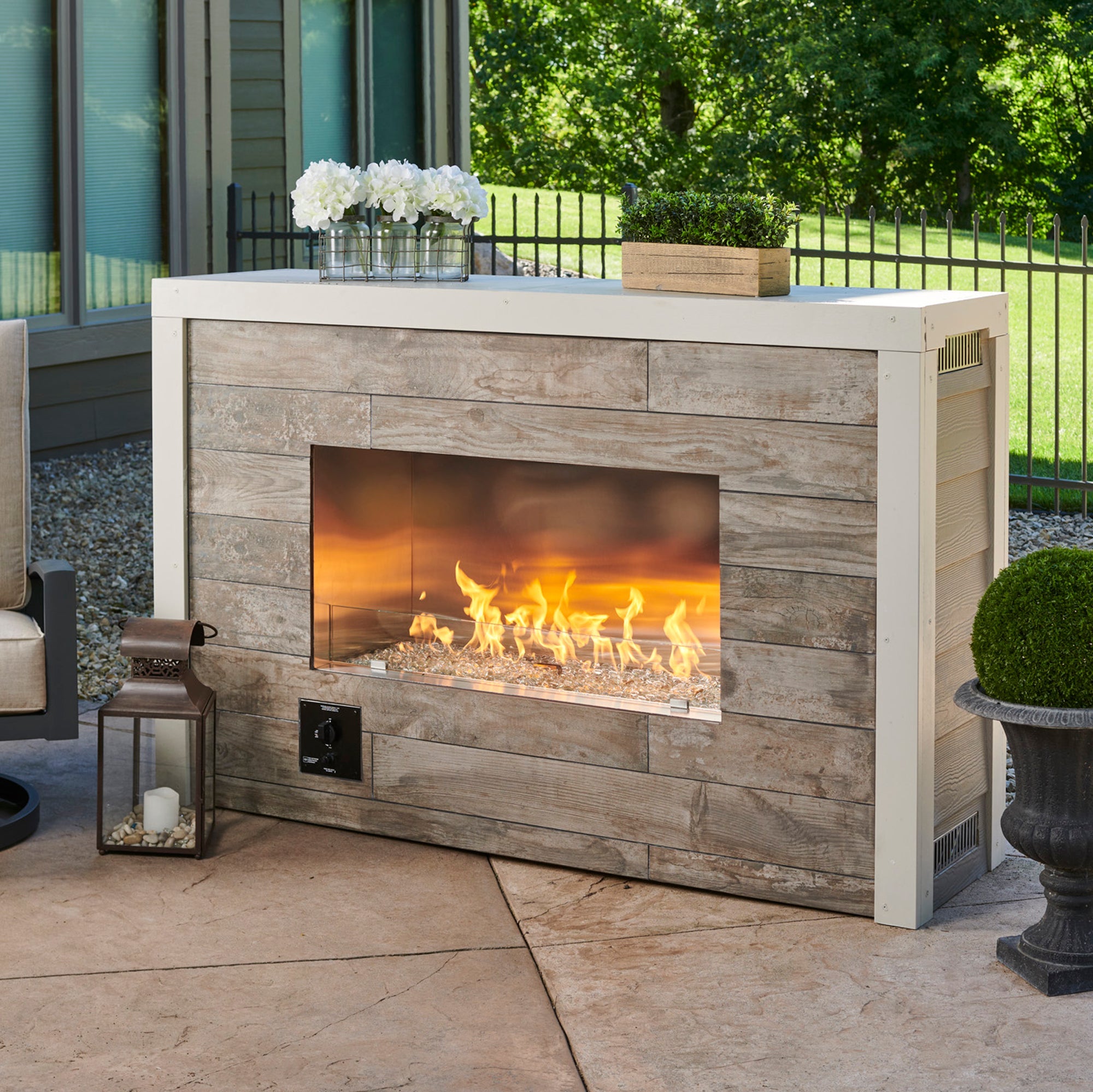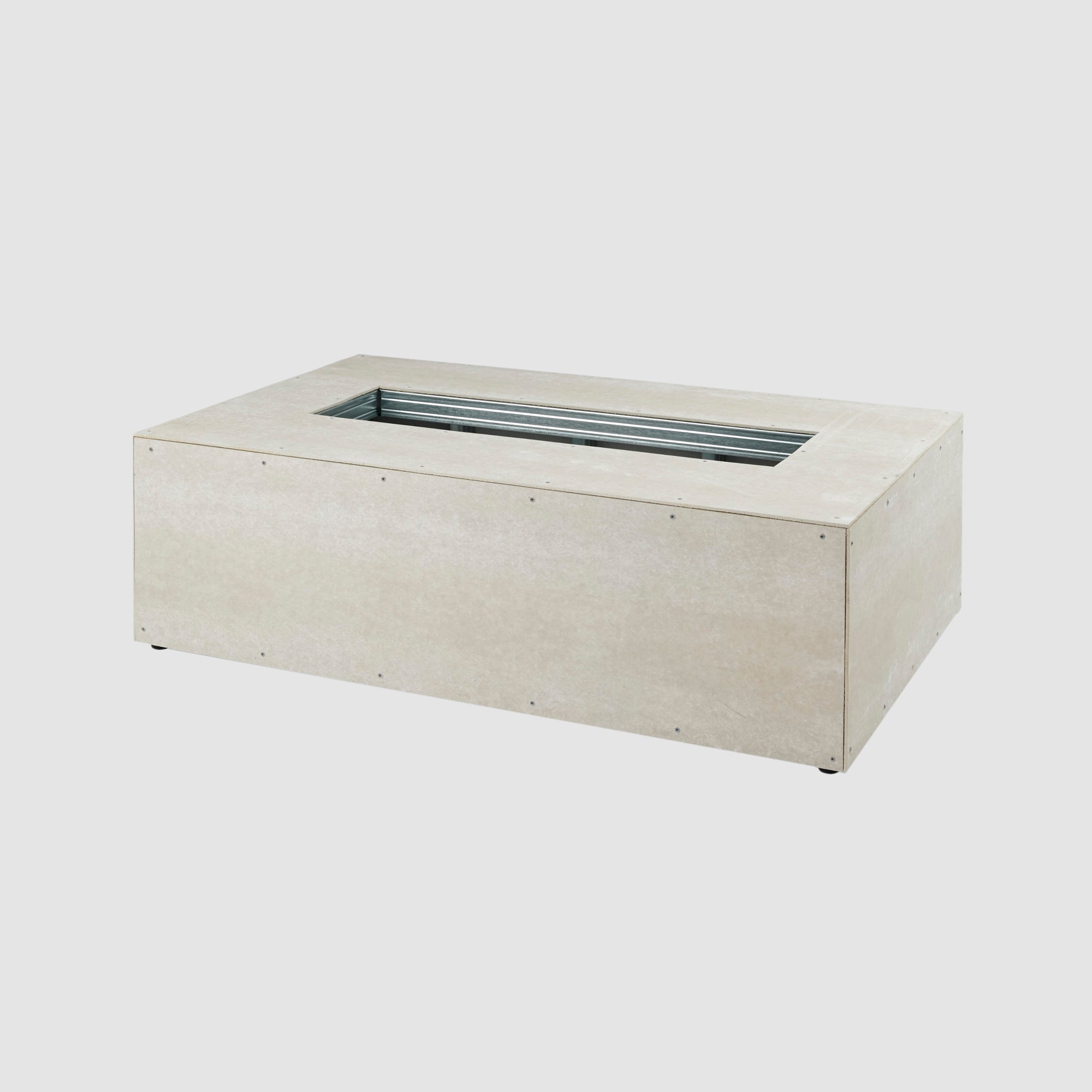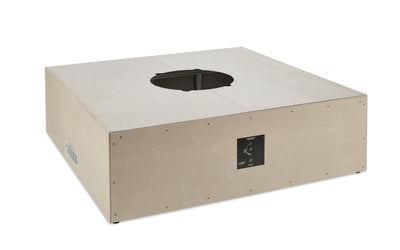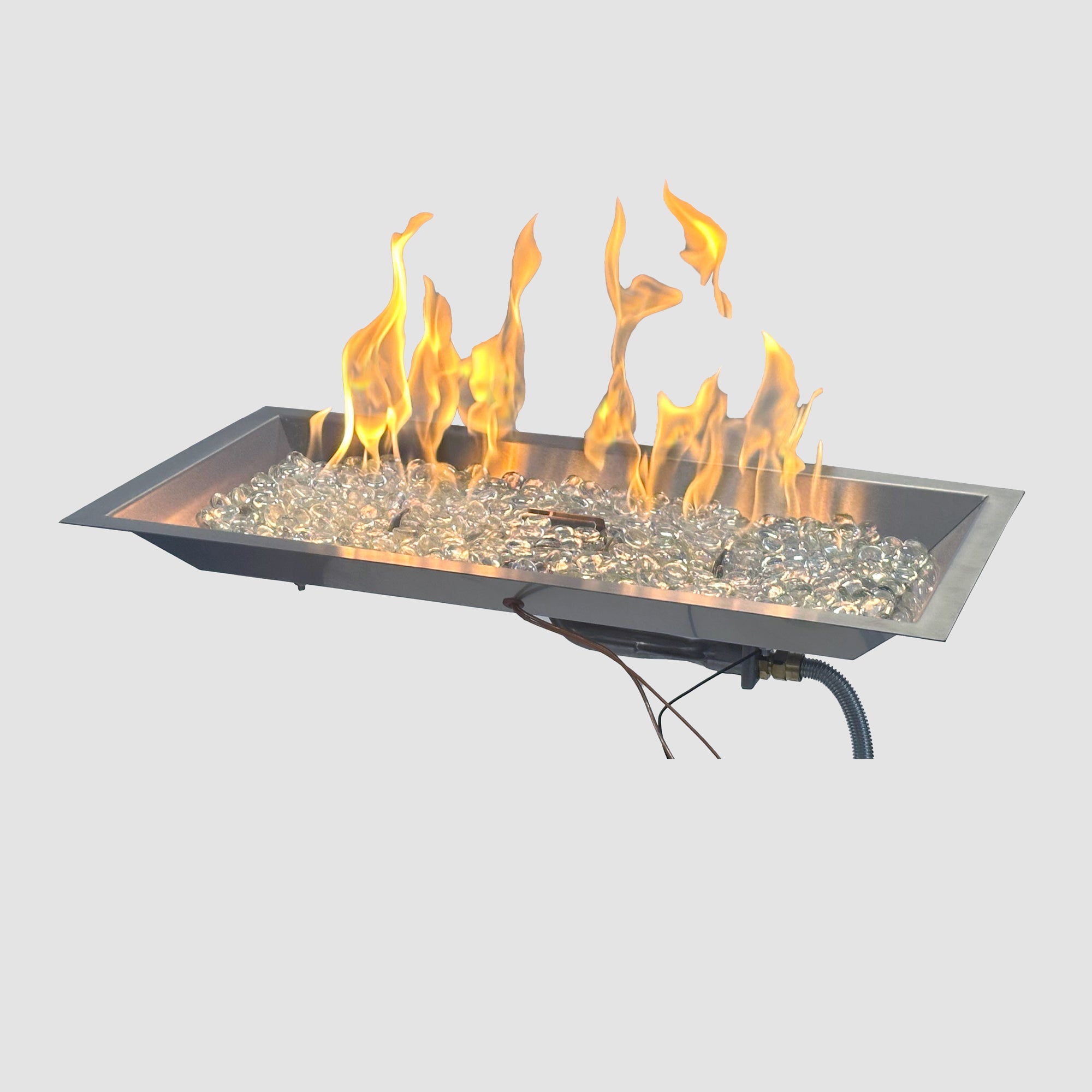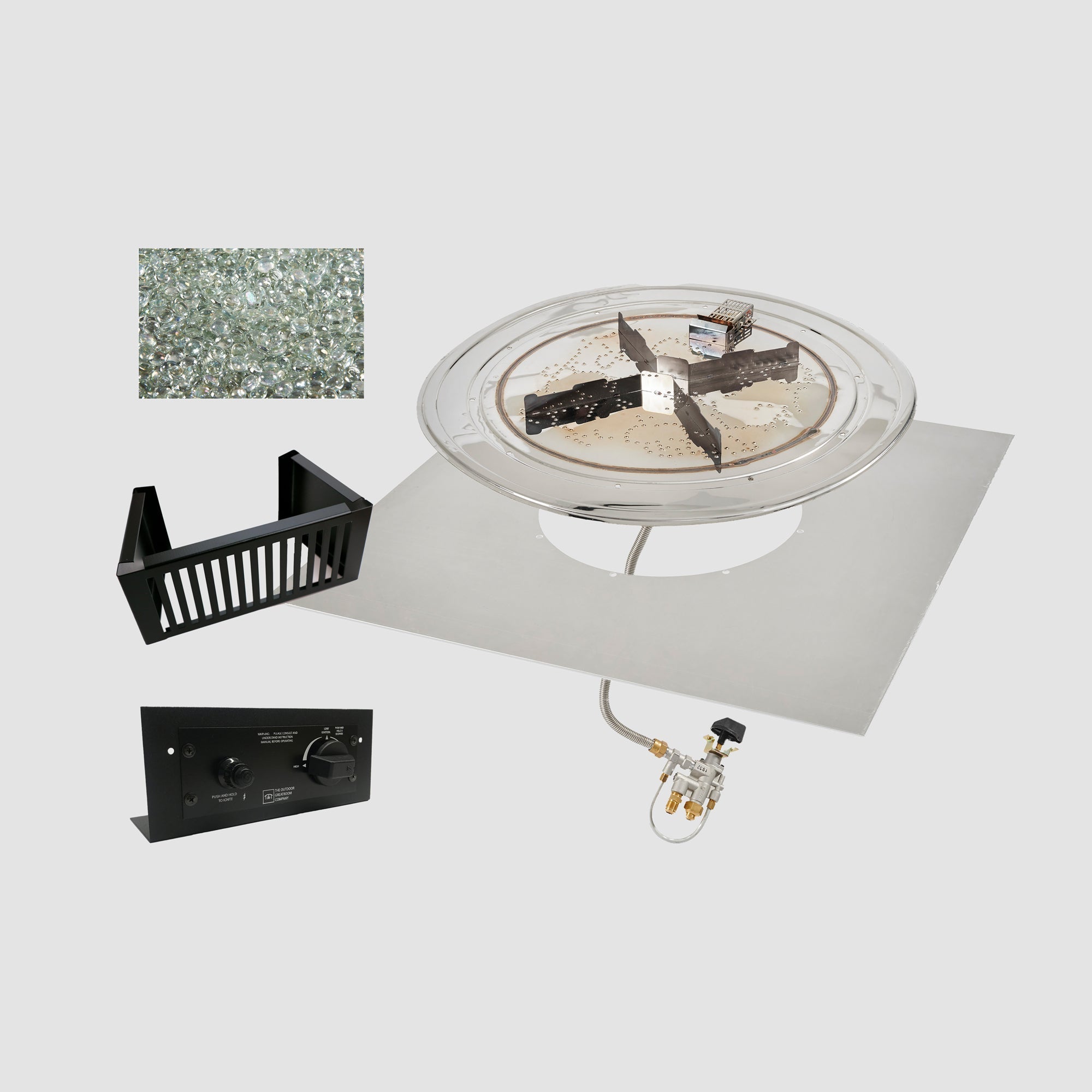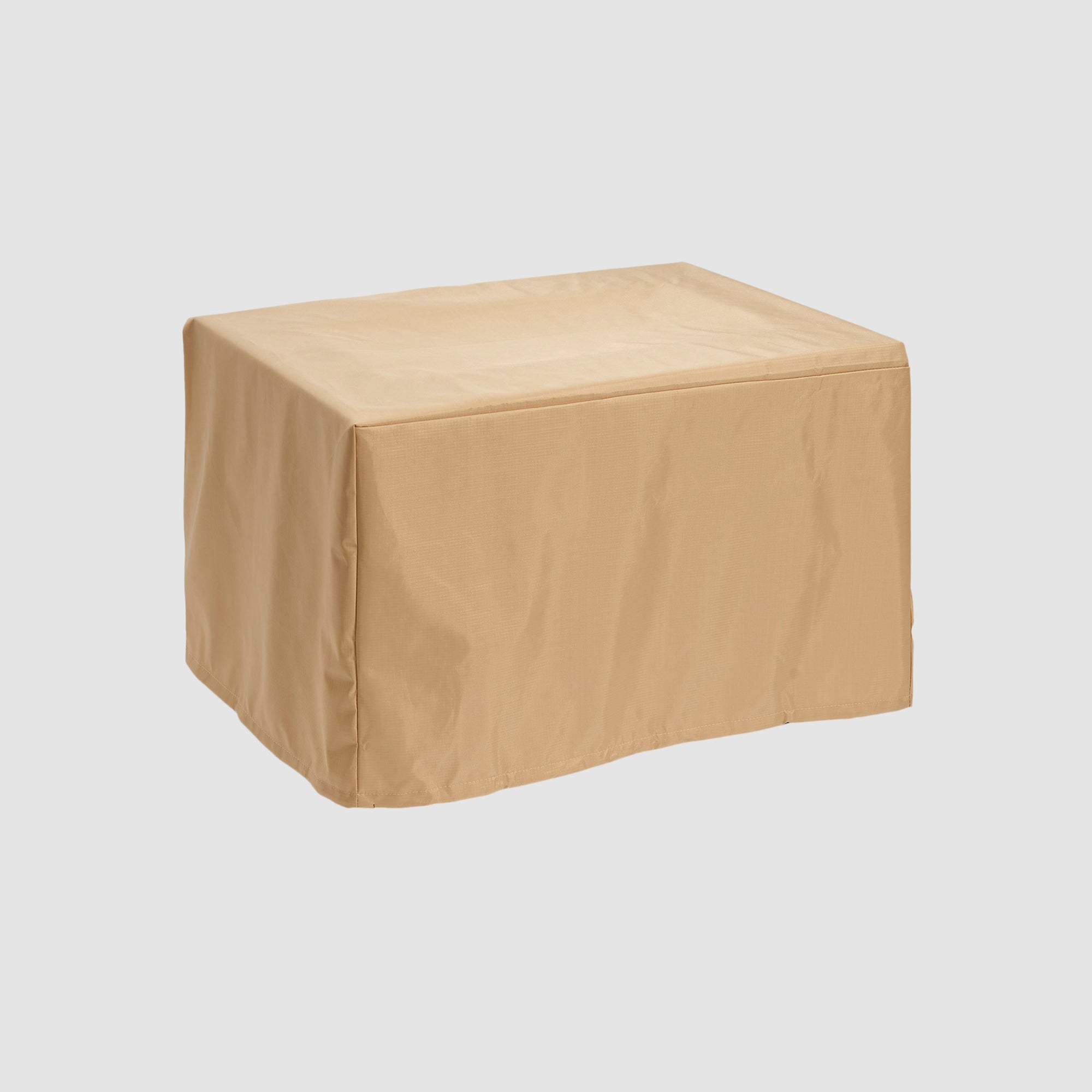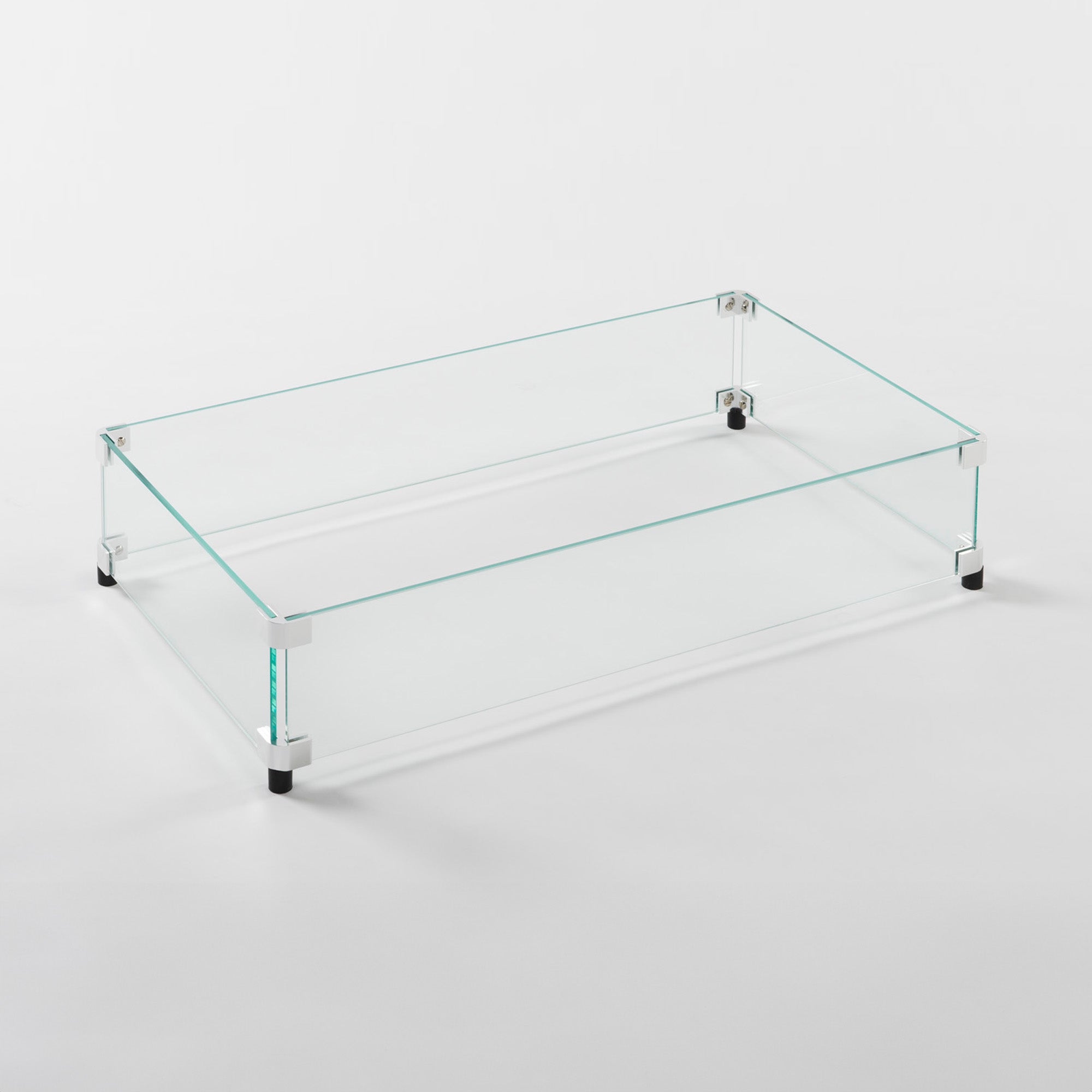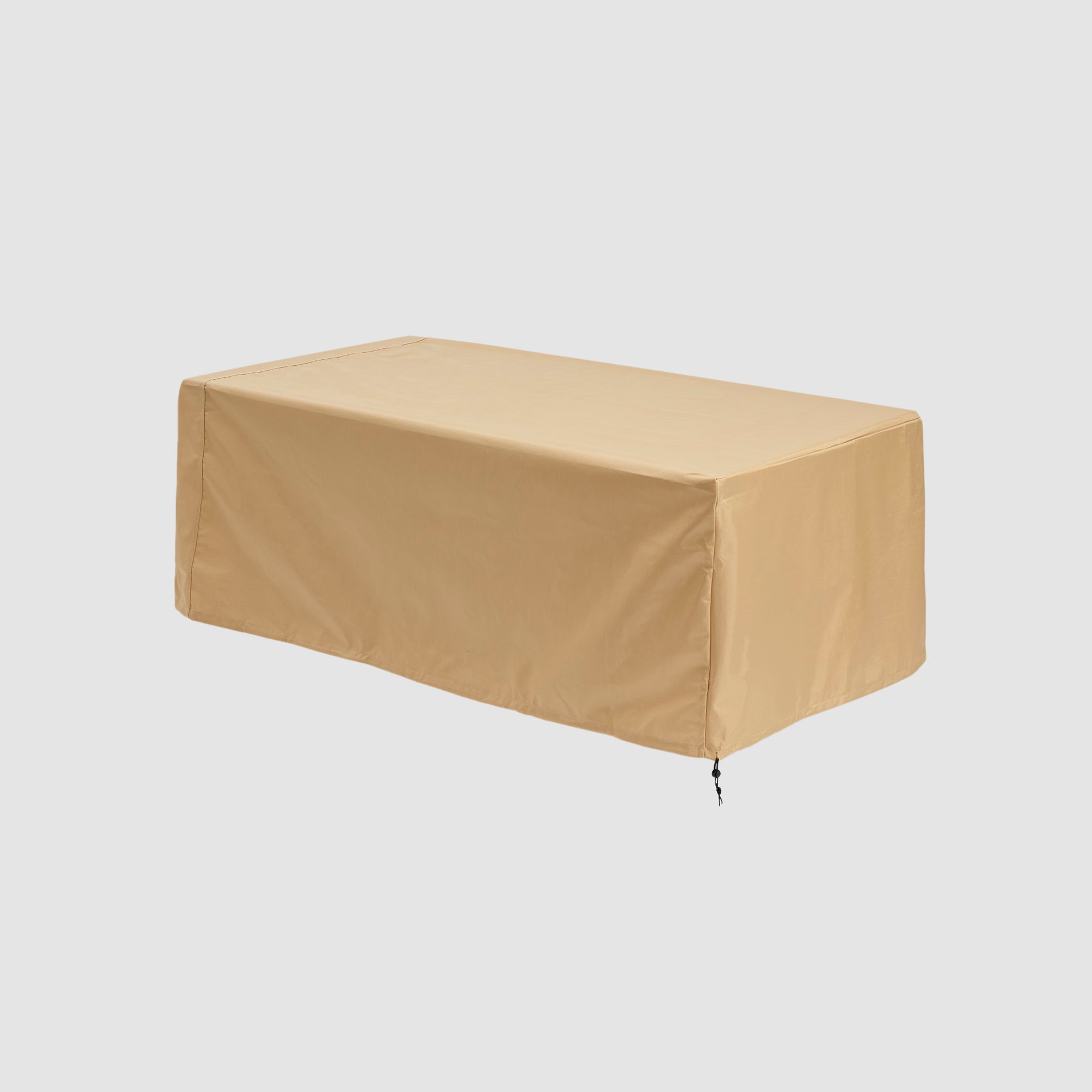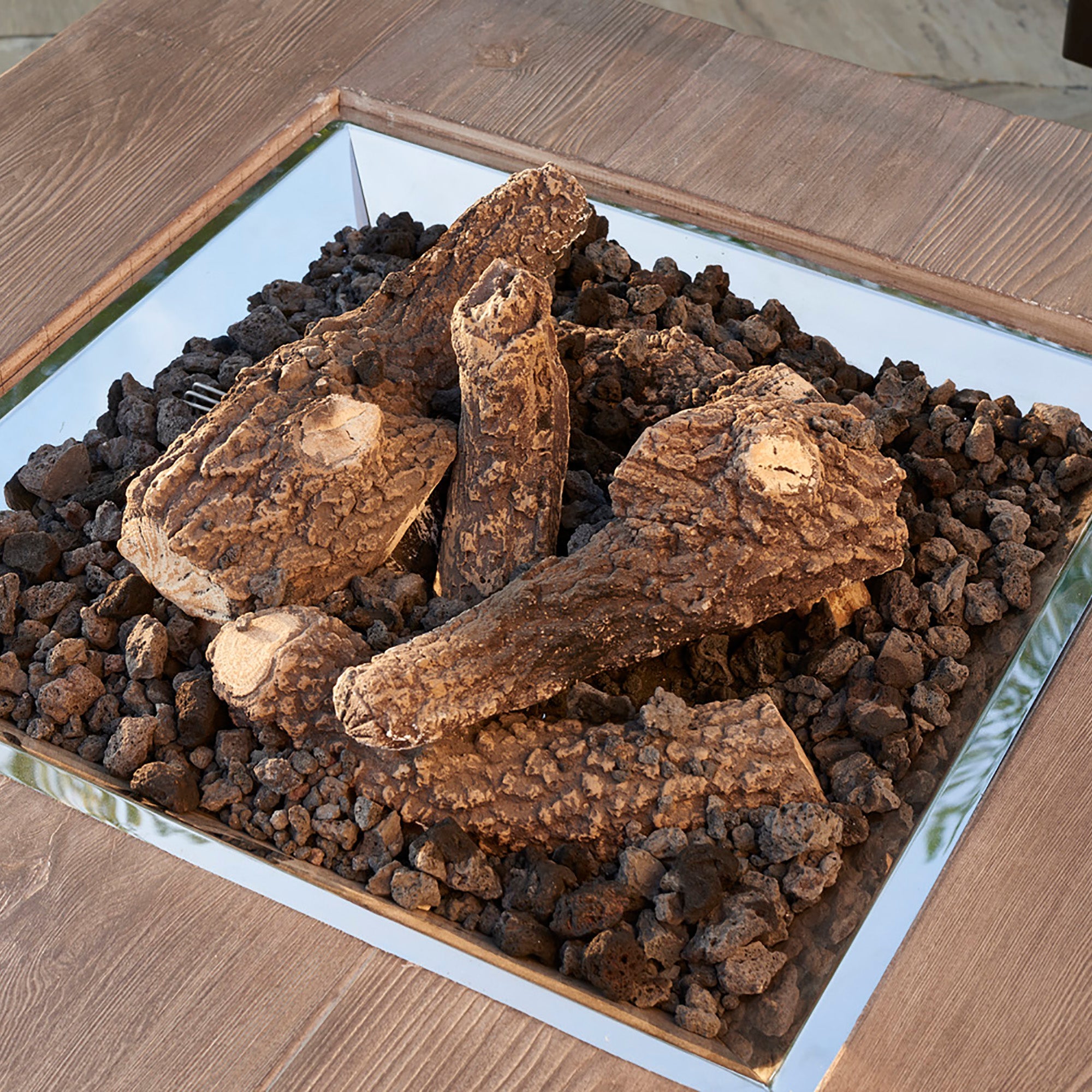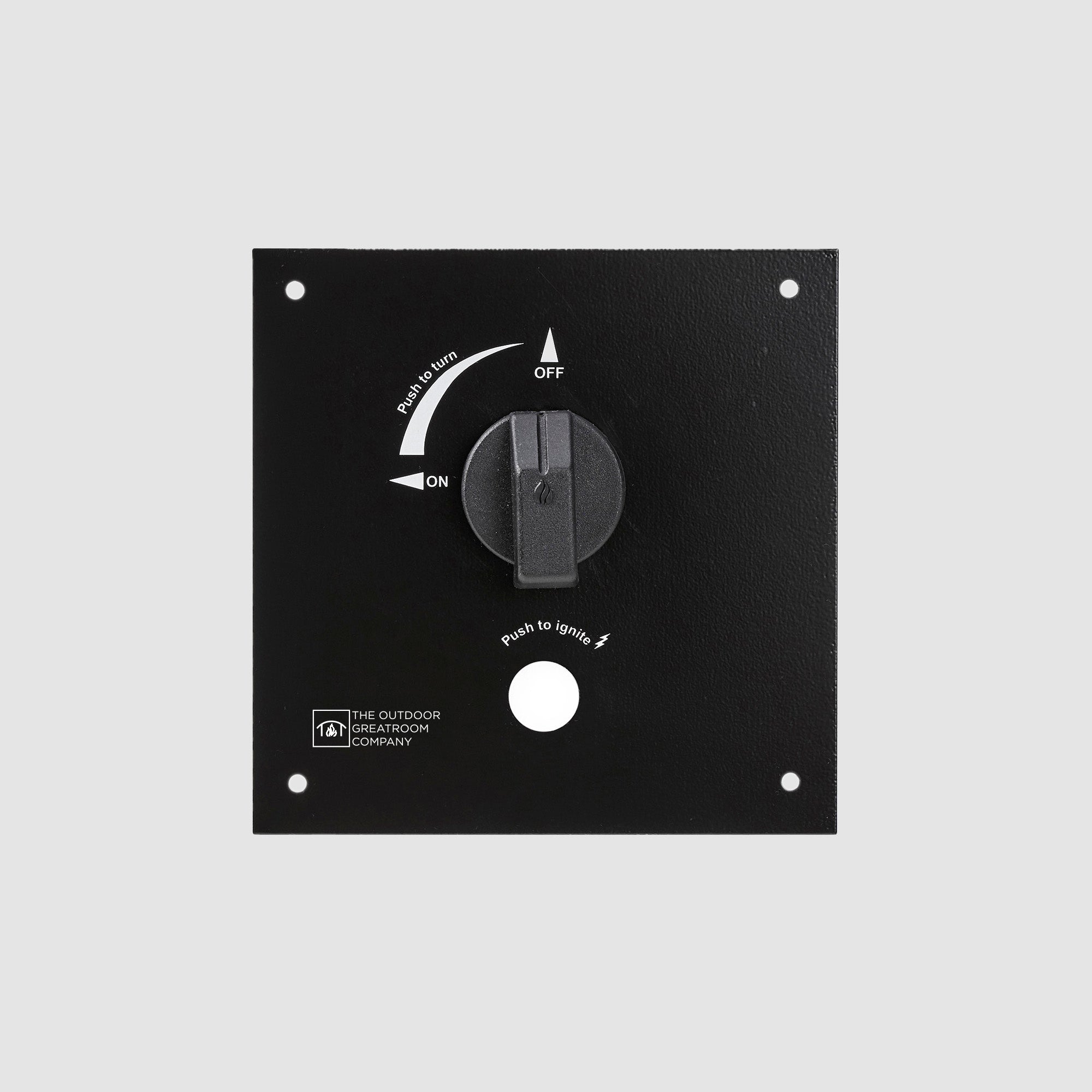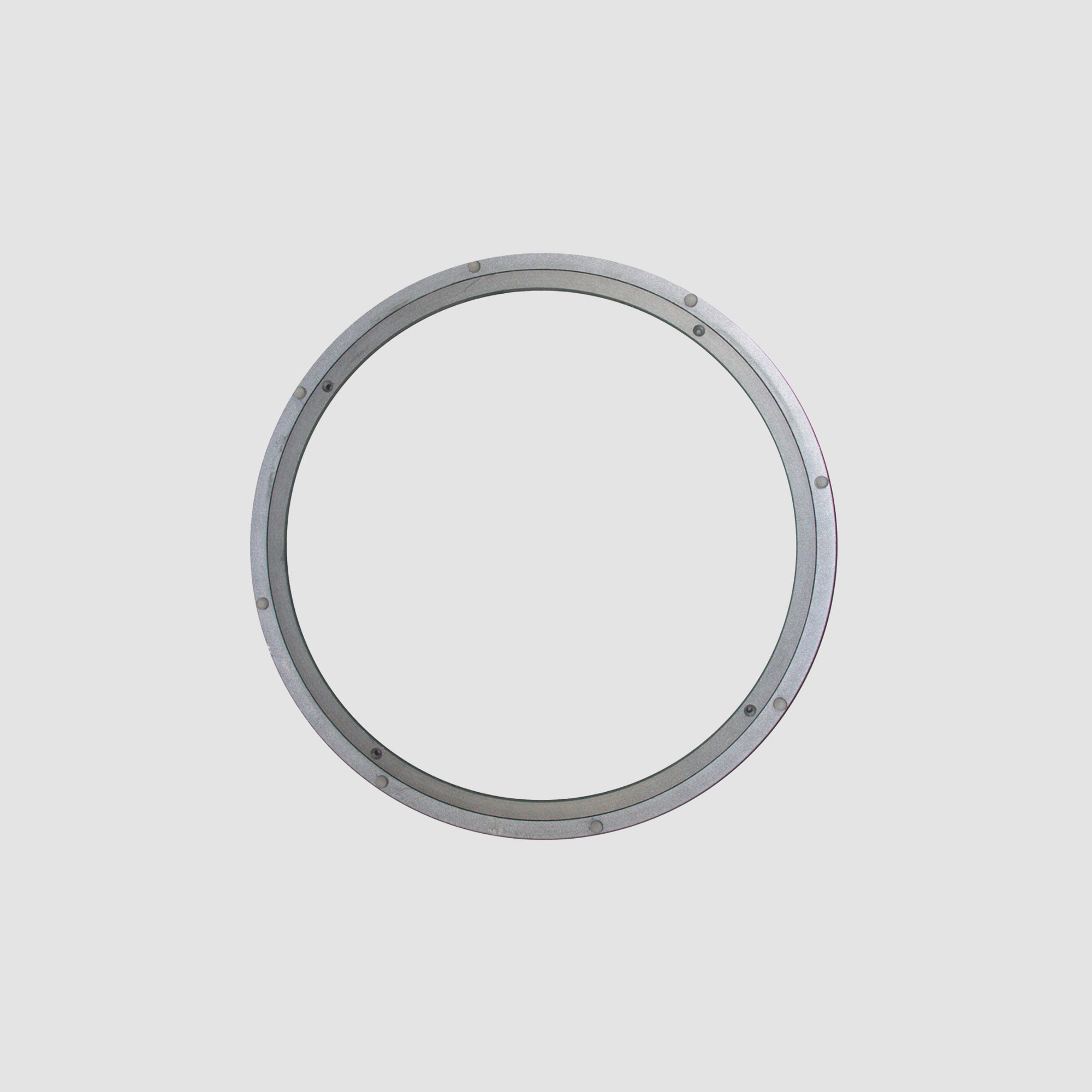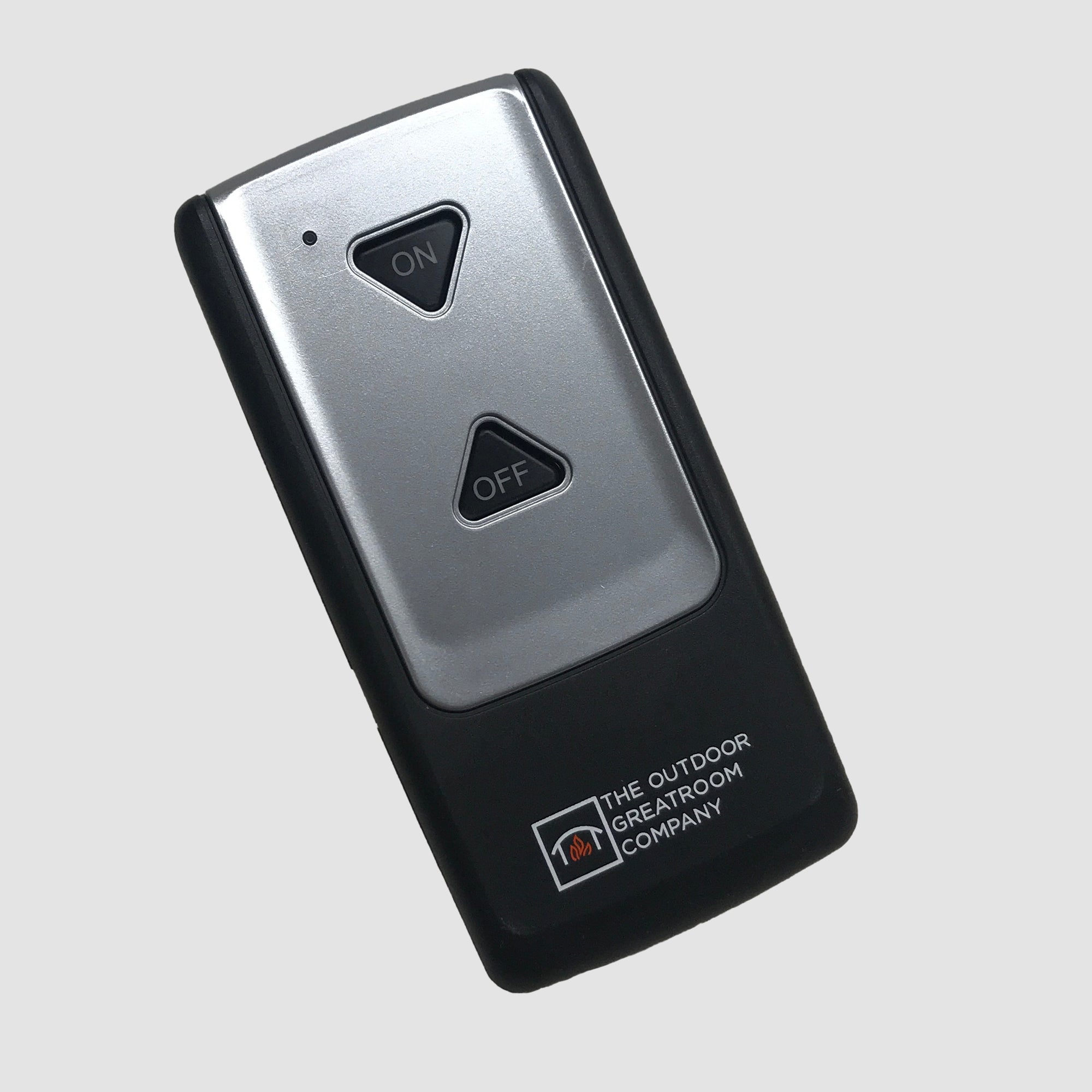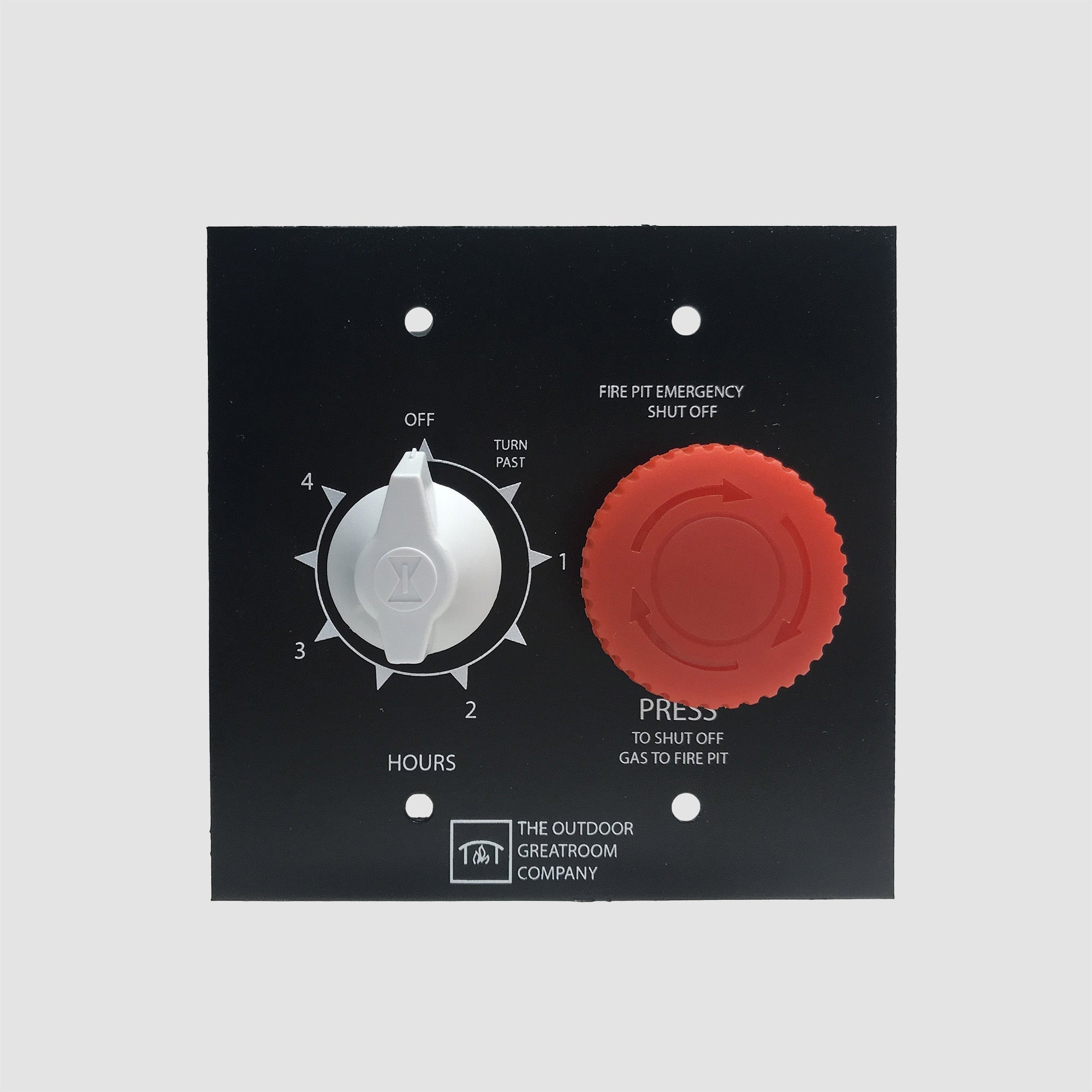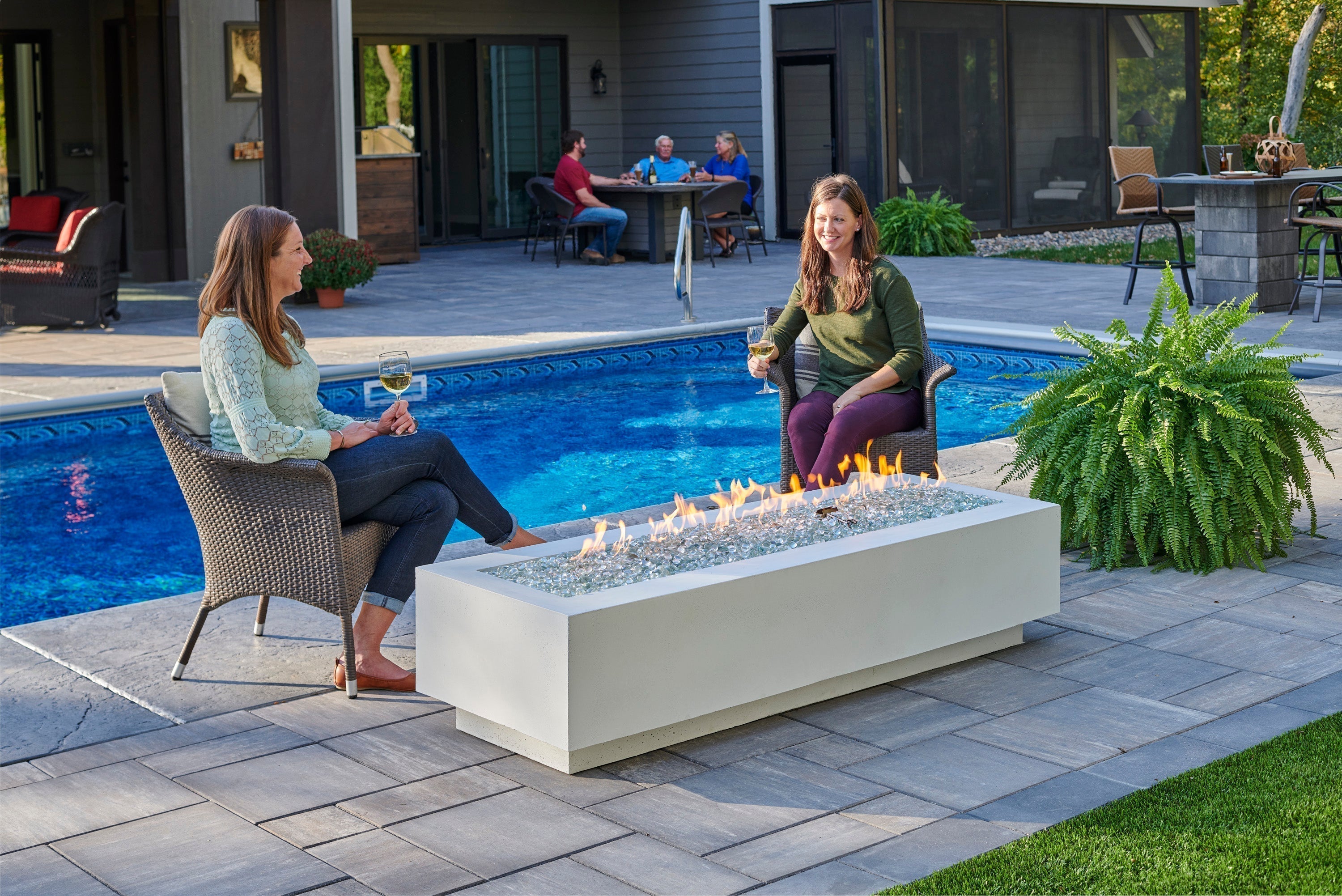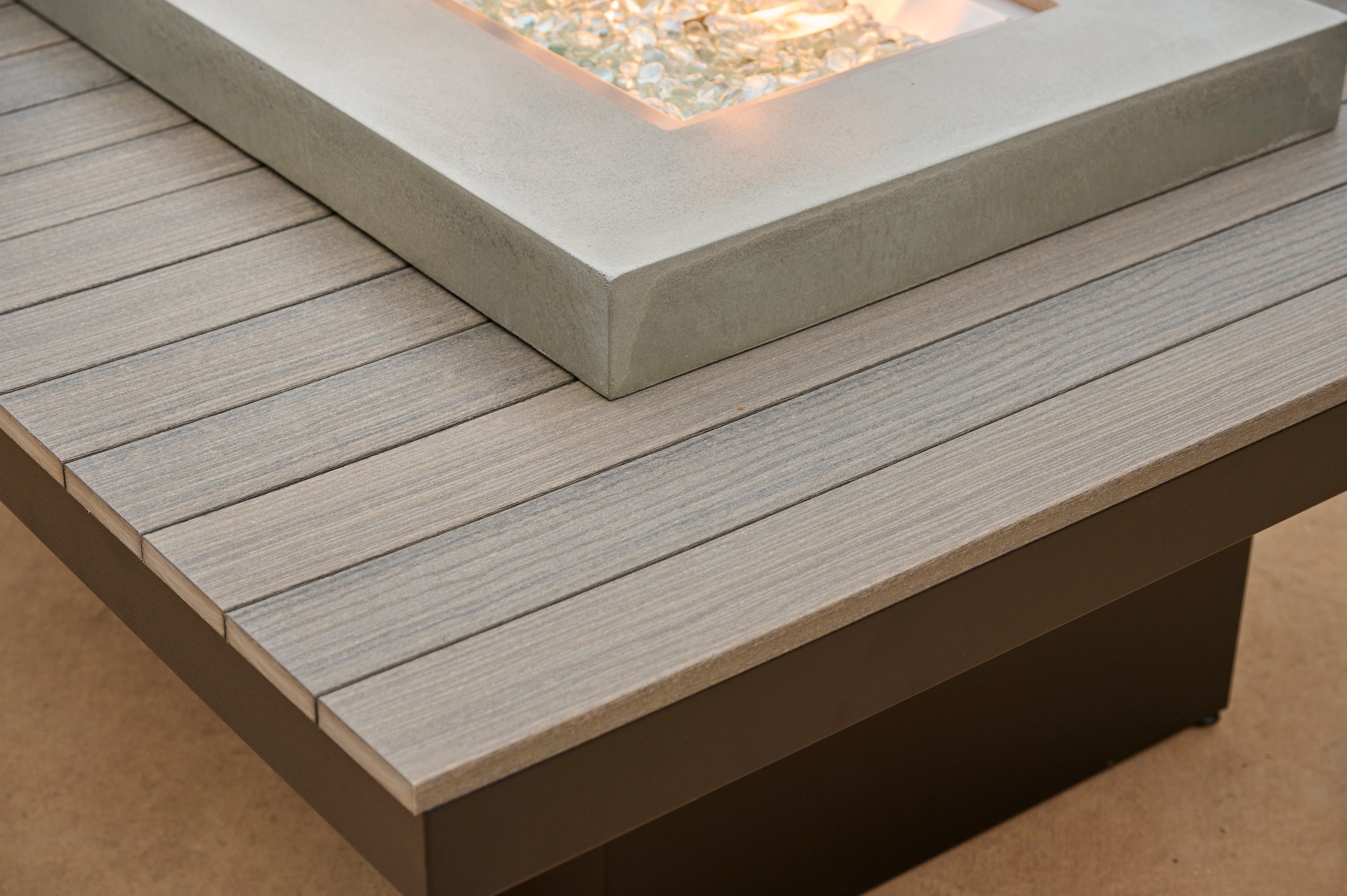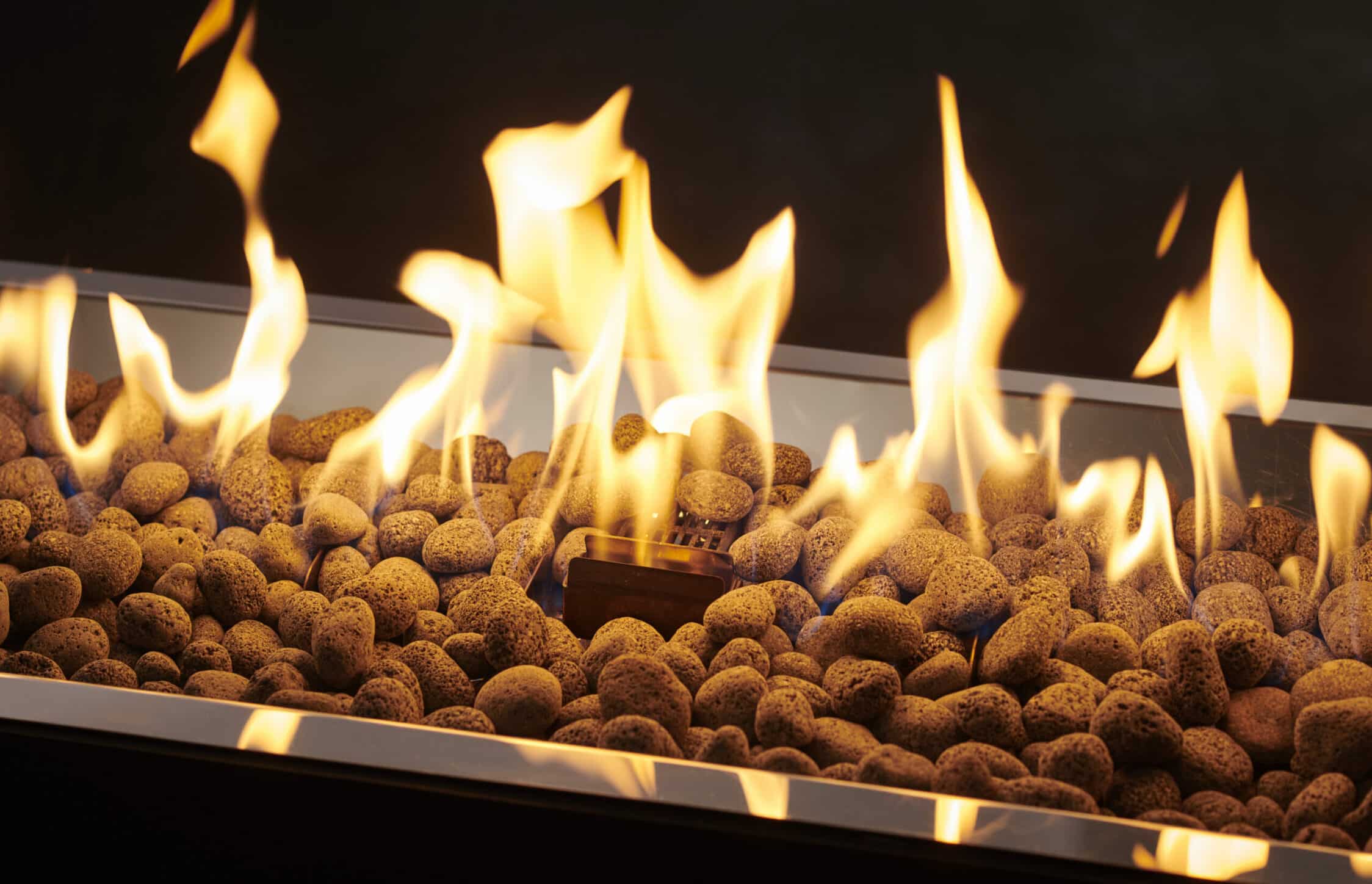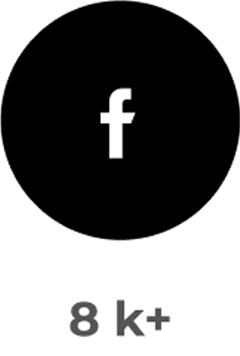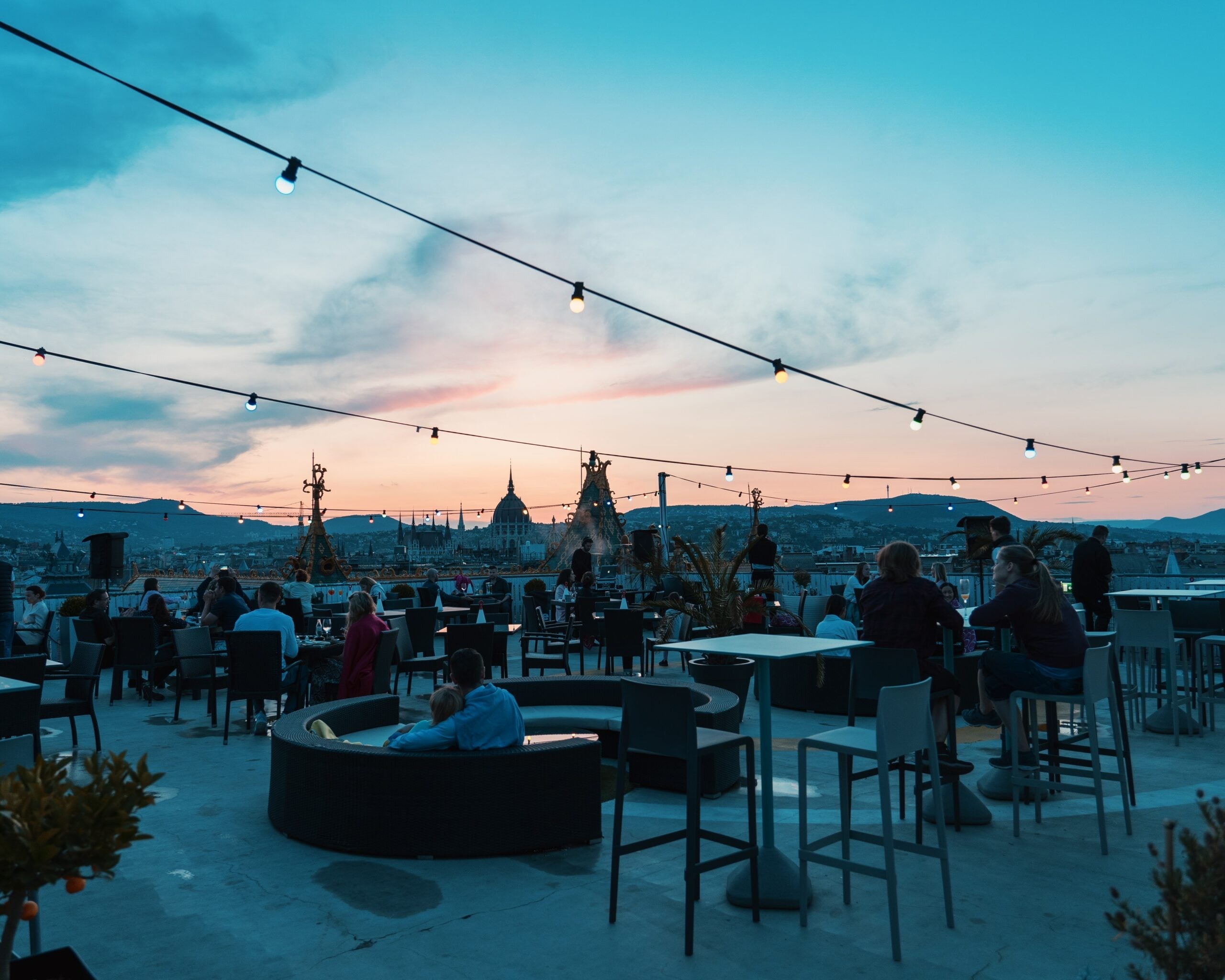12 Frequently Asked Questions about Air Quality Burn Bans
Warm, dry weather has lead many government officials to impose mandatory burn bans to ensure both fire and clean air safety. We've compiled answers to your frequently asked questions to help assure you have the facts before you burn.
1. What is a burn ban?
- An air-quality burn ban is a mandatory, yet temporary, order that restricts the use of wood stoves and wood-burning fireplaces, as well as outdoor wood burning, when air quality is degraded and human health may be adversely impacted.
- Air-quality burn bans typically occur during fall and winter months and may last for up to a week or more.
2. Who can issue a burn ban?
- Regulatory authority to issue burn bans vary by county and may include government or clean air authorities, or a combination, to pass and put burn bans into effect.
3. Why is it called a burn ban?
- The smoke from burning wood and wood-based products contains fine particles (soot) and a toxic mix of other carcinogens, which are harmful to your health, particularly for young children, older adults and people with respiratory and heart disease. During stagnant weather conditions, concentrations of wood smoke can reach harmful levels, so we restrict wood smoke emissions to protect air quality in our neighborhoods and the health of those living there. However, depending on the area and current regulations, gas fire pits or tables may be used during burn bans due to their smoke-free design. Please consult your local government before using any gas appliances.
4. How are burn ban conditions determined?
- Following state burn ban requirements.
- Stage 1 burn bans are called on the basis of weather conditions and rising pollution levels - when we predict we may violate air quality standards.
- Stage 2 burn bans are called when fine particle pollution levels reach a trigger value set by state law.
- For more information in your area, view your local county managed website.
5. How can I find out when a burn ban has been issued or cancelled?
- Notification for changes to burn bans may vary. Some counties send e-newsletters to subscribers, most post on their websites and announce in local online and print newspapers when burn bans are issued and cancelled, or advise when weather conditions indicate a ban is likely. Some areas also provide burn ban hotlines, so check by country.
6. What's the difference between a Stage 1 and Stage 2 burn ban? General guidelines below:
- During a Stage 1 burn ban:
- No burning is allowed in wood-burning fireplaces, uncertified wood stoves or uncertified fireplace inserts unless this is your only adequate source of heat.
- Even those using a certified device or those for whom this is their only adequate source of heat cannot generate visible smoke.
- All outdoor burning is prohibited, even in areas where outdoor burning is not permanently banned. This includes wood- and charcoal-fueled recreational fires.
- During a Stage 2 burn ban:
- No burning is allowed in ANY wood-burning fireplaces, wood stoves or fireplace inserts (certified or uncertified) or pellet stoves, unless this is your only adequate source of heat.
- Even those for whom this is their only adequate source of heat cannot generate visible smoke.
- All outdoor burning is prohibited, even in areas where outdoor burning is not permanently banned. This includes wood- and charcoal-fueled recreational fires.
7. How do you know if you are violating a burn ban?
- Agency inspectors are trained to read smoke and to determine if visible smoke is in violation of state opacity laws.
- Most gas fire pit burners do not emit smoke. You may burn if you have a device that is legal to use during a Stage 1 burn ban (or if this is your only adequate source of heat). It is your responsibility to burn cleanly and not emit visible smoke. If using wood, make sure you are using only seasoned, dry firewood. Don't damper down your stove as choking your fire of air will cause smoke. Check your chimney periodically. If you see smoke, your fire needs more air.
- In many places, it is always illegal to generate excessive smoke, even when a burn ban is not in effect. Check your local county and state listings for specific regulations.
8. What is the penalty for violating a burn ban?
- Property Owners: If agency inspectors observe a burn ban violation, they will issue a Notice of Violation to the property owner. Penalty values range anywhere from $500 to upwards of $15,000 for not complying with bans.
- Manufacturers: If a manufacturer produces and sells a wood burning fireplace that is supposed to be certified and meet regulations, but the product does not hold up to these standards, they can be fined per unit built and shipped. This cost can be very significant and has lead to bankruptcy in certain instances.
9. How can I tell if my wood stove or fireplace insert is certified, allowing me to use it during a Stage 1 ban?
If your wood burning device is certified, there should be a label on the back of your wood stove or on top of your fireplace insert indicating it complies with U.S. Environmental Protection Agency emission standards.
For gas burning products there is no EPA certification needed. By nature, natural gas and liquid propane (LP) are cleaner burning fuels and do not emit smoke and particulates found in a wood burning fire. This includes gas fire pit tables and gas fireplace products made by The Outdoor GreatRoom Company.
10. What if I rely on my wood stove because oil (or electricity, or propane) is too expensive?
- On days with winter burn bans, most counties would expect that the use of your (primary) clean heating device is used in order to keep air quality healthy for you, your family, and your neighbors. An exception might be made if a wood stove is your only adequate source of heat.
- General definition (may vary by county) : an "Adequate source of heat" means the ability to maintain 70 degrees Fahrenheit at a point three feet above the floor in all normally inhabited areas of a dwelling.
- An indoor gas fireplace or electric fireplace is frequently designed to maximize efficiency and energy in order to save your home's money through decreased heating costs. Consider calculating your stove or fireplace's usage over a span of time and determining which option is the most cost-saving while producing comfy heat for those long winters or chilly evenings.
11. Can I use my barbecue grill during a burn ban? What about my chiminea?
- Charcoal barbecues and other outdoor wood-burning devices such as chimineas or fire bowls are considered ‘recreational fire' devices. Recreational fires using solid fuel - such as charcoal or wood - are always prohibited during air-quality burn bans.
- Recreational fires are defined in state law as cooking fires and charcoal barbecues, campfires and bonfires that occur in designated areas or on private property for cooking, pleasure or ceremonial purposes. Fires lit in chimineas, fire pits, fire bowls and similar free-standing devices, fall under this definition.
- The use of propane and natural gas grills and patio heaters are allowed during a burn ban.
12. What about manufactured logs designed for fireplaces - can I use them during a burn ban?
- No. During a burn ban a wood burning fireplace may not be used, even with cleaner-burning manufactured logs. However, manufactured logs suitable for a wood-burning stove may be used in an EPA certified device during a Stage 1 burn ban.
- When a burn ban is not in effect, however, manufactured logs are a wonderful alternative to cord wood for fireplace fires. They produce approximately 70 percent less pollution than cord wood. Should you opt for manufactured logs, please note that many varieties are not suitable for wood stoves and fireplace inserts - check the guidelines on the wrapper to ensure compatibility with your device.
Important: For complete guidelines in your area, be sure to check with your local county to ensure that you are abiding by specific guidelines and regulations.
